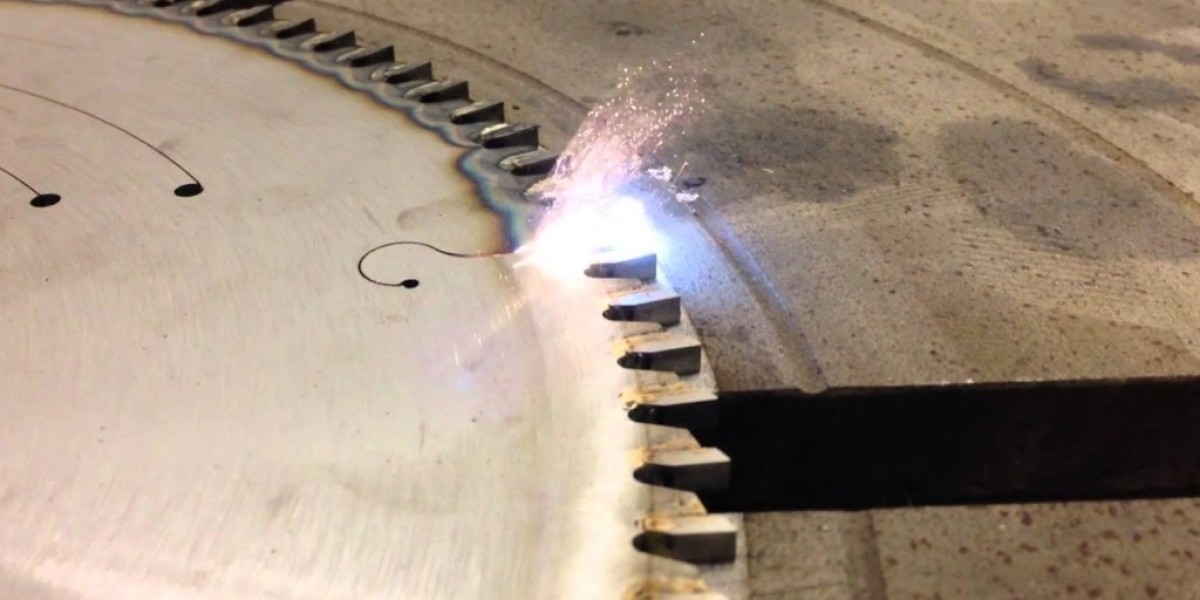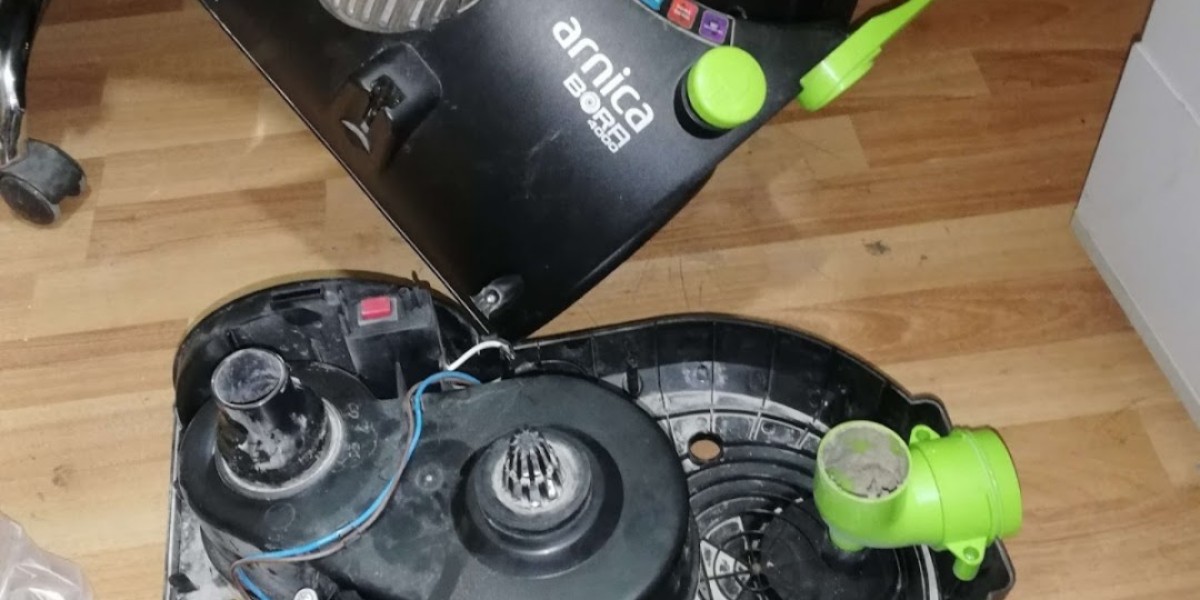When it comes to pet products, one of the most essential items for cat owners is cat litter. Whether you are a first-time cat parent or an experienced pet owner, selecting the right cat litter can dramatically impact both your cat’s health and your home environment. Cat litter isn’t just about keeping your house clean it plays a critical role in odor control, hygiene, and your cat’s comfort.
Why Cat Litter Matters
Cats are naturally clean animals, and a well-maintained litter box is crucial for their well-being. Choosing the right cat litter affects:
Odor control: Prevents your home from smelling unpleasant.
Health monitoring: Helps detect changes in your cat’s urination habits.
Ease of cleaning: Saves you time and effort in daily maintenance.
Environmental impact: Some litters are biodegradable, making them eco-friendly.
Types of Cat Litter
There are several types of cat litter, each with unique features and benefits. Here’s a breakdown:
| Type | Material | Pros | Cons | Best For |
|---|---|---|---|---|
| Clumping Clay | Bentonite clay | Easy to scoop, strong odor control | Dusty, heavier | Multiple-cat households |
| Non-Clumping Clay | Clay (non-bentonite) | Absorbs moisture, inexpensive | Needs frequent changing | Single-cat homes |
| Silica Gel Crystals | Silica | Excellent odor control, low dust | Expensive | Seniors or sensitive cats |
| Natural/Plant-Based | Corn, wheat, pine, walnut | Biodegradable, low dust | Some cats may not like texture | Eco-conscious owners |
| Recycled Paper | Paper pellets | Gentle on paws, low tracking | Less odor control | Kittens, post-surgery cats |
How to Choose the Right Cat Litter
Selecting the best cat litter depends on multiple factors:
Your Cat’s Preference
Cats are sensitive to texture. Some prefer soft, fine-grained litter, while others like larger pellets. Observe your cat’s behavior to identify their preference.Odor Control Needs
If you have multiple cats or a small living space, choose a litter with strong odor control properties. Clumping clay or silica gel often works best.Allergies and Dust Sensitivity
Dusty litters can irritate both humans and cats with respiratory issues. Opt for low-dust or plant-based alternatives if anyone in the household has allergies.Environmental Considerations
Many owners now prefer biodegradable litters made from corn, wheat, or pine. These reduce environmental impact and are often flushable.Ease of Cleaning
Clumping litters make it easier to remove waste daily, reducing the need for frequent full litter changes.
Tips for Maintaining Your Cat Litter Box
Scoop daily: Removes clumps and waste before odors develop.
Change litter weekly: Completely refresh the litter for cleanliness.
Wash the box monthly: Use mild soap, avoid strong chemicals.
Keep in a quiet location: Cats prefer privacy.
Monitor behavior: Changes in litter box habits may indicate health issues.
Common Mistakes to Avoid
Using a litter your cat dislikes: They may avoid the box.
Skipping regular cleaning: Leads to odor buildup and health problems.
Using heavily scented litters: Cats can be sensitive to strong fragrances.
Not having enough litter boxes: A general rule is one box per cat plus one extra.
FAQs About Cat Litter
Q1: How often should I change cat litter completely?
A: For clumping litter, change entirely every 2–3 weeks. For non-clumping litter, weekly changes are recommended.
Q2: Can I mix different types of cat litter?
A: It's not advised unless transitioning your cat to a new type. Mixing may confuse them and lead to avoidance.
Q3: Are scented litters safe for cats?
A: Mild scents are generally safe, but strong perfumes may irritate their sensitive noses.
Q4: What is the best litter for kittens?
A: Paper-based or fine-grain clumping litter is safest and easiest for kittens to use.
Q5: Can cat litter affect my cat’s health?
A: Yes. Dusty litters can cause respiratory issues, and some cats may develop urinary tract irritation from certain materials. Always observe your cat for any adverse reactions.
Quick Comparison: Cost vs. Longevity
| Litter Type | Average Cost | Duration Before Replacement | Notes |
|---|---|---|---|
| Clumping Clay | $$ | 2–3 weeks | Popular and convenient |
| Non-Clumping Clay | $ | 1 week | Cheapest, more labor |
| Silica Gel | $$$ | 1 month | High performance, premium price |
| Plant-Based | $$ | 1–2 weeks | Eco-friendly, compostable |
| Recycled Paper | $$ | 1–2 weeks | Soft, low tracking |
Interactive Tips for Cat Owners
Keep multiple litter boxes if you have multiple cats to avoid territorial disputes.
Place mats under the box to reduce litter tracking.
Use a scoop with holes for easier clump removal.
Consider a covered litter box if you have dogs or prefer odor control.
Engaging Insights
Did you know? Cats often prefer unscented litters because strong smells can mask their natural marking behavior. Additionally, studies show that cats are more likely to use a clean litter box consistently, reducing accidents outside the box. Choosing the right litter is not just about cleanliness—it’s about creating a stress-free environment for your pet.







